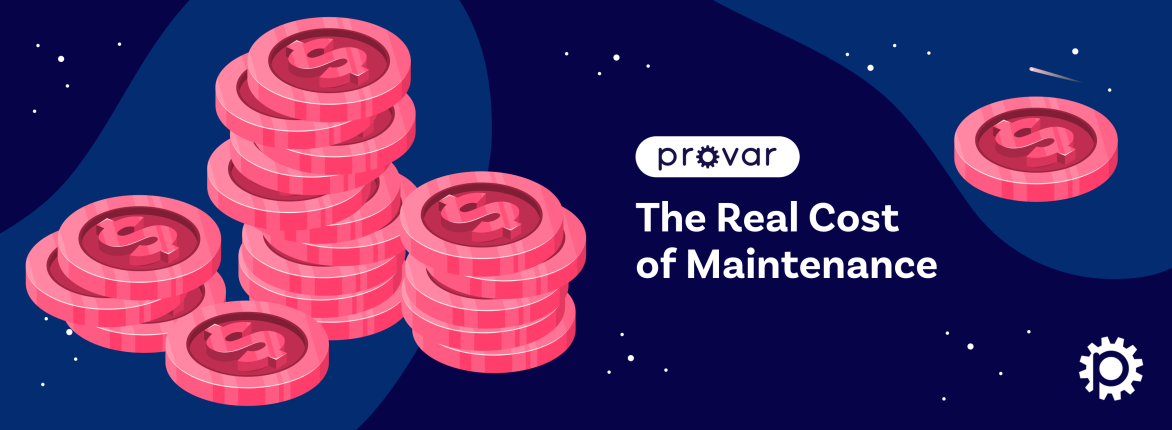If you’re here on the Provar blog, you’re likely a Salesforce user — or at least, a Salesforce enthusiast. We all know how crucial Salesforce is for managing our mission-critical apps and keeping our businesses running smoothly. With its constant updates and extensive features, it’s not difficult to stay ahead of the curve, but only if you have a strong plan to protect your assets to ensure the best end-user experience.
Testing your Salesforce from end to end is the best way to catch issues before they become big problems and simulate the customer journey so you can adequately plan for future innovations. It’s the key to maintaining quality across your organization. If you don’t already have a strong testing strategy in place (or want to ensure you’re covering all your bases), this blog will serve as a helpful guide for your team as you move forward.
What is Testing?
So, what exactly does testing mean in the Salesforce world? Think of it as giving your entire Salesforce workflow a thorough health check. It’s like the annual physical for your environment, though realistically, you should check in on your strategy and adjust more frequently than once a year. The goal is to ensure that all components work together seamlessly, from the initial data entry to the final report generation — or from feature creation to the end user experience, if you want to look at it that way instead.
Testing shields your Salesforce environment against potential bugs or errors in your system. With Salesforce’s regular updates, it’s more crucial than ever to ensure that all your apps continue to work perfectly with each new release. Testing is a proactive approach to catching issues before they disrupt your workflow.
Here are some key areas where testing can help strengthen your Salesforce system.
Data Integrity
Testing ensures that all data is accurately captured, stored, and processed within the system, helping you avoid inaccuracies due to human error or other causes.
Integrations
Ever had that moment when an integration refuses to cooperate? Testing ensures all integrations within your system are functioning and doing so seamlessly.
User Interface (UI) Functionality
Imagine your UI as the face of your Salesforce — testing ensures it’s not just user-friendly but intuitive and easy to navigate.
Performance
Speed matters! Testing evaluates your system’s performance, ensuring it meets the expected standards for speed and efficiency.
Regression
Testing isn’t a one-time thing. It includes regression testing, ensuring that issues identified in the past have been fixed and don’t sneak back in with new releases.
Manual vs. Automated Testing
Now, here’s the real dilemma—manual or automated testing? If you’re starting or dealing with a smaller, less complex system, manual testing can be a good option to give you the assurance you need without too much expense or training. In manual testing, testers comb through the system manually, using strategies like spreadsheets to track errors.
However, as your system grows and evolves, the efficiency of the game changes. Automated testing can help you level your testing game, offering speed, efficiency, and much less room for human error. Automated testing involves using software tools and solutions to build tests, automate the testing process, and, with the most effective tools, optimize for the future.
Manual testing can be time-consuming, inefficient for larger systems, and not very scalable. Any cost saved upfront may increase on the backend when time and test maintenance comes into play. Companies should consider moving from manual to automated testing when they have a stable and well-defined set of tests that must be run repeatedly. The cost of automating those tests should be lower than the cost of running them manually.
Automated testing is much faster and more efficient for larger enterprises. It’s often more reliable since it removes the potential for human error. However, automated testing can be more complex and does require resources to set up and maintain. Once the QA team is caught up to speed, this process becomes much more streamlined, and tests can be run with little to no maintenance.
Where to Start
Now that we’ve discussed the manual vs. automated testing comparison let’s discuss where to start if you’re ready to dive into the testing waters.
Here are a couple of tips on where to start testing.
Identify Critical Processes
Start by identifying the most critical processes within your Salesforce workflow. These are the key functionalities that, if compromised, could significantly impact your business. Focus your initial testing efforts on these processes to ensure a robust foundation.
Begin with Manual Testing
If you’re new to testing and encounter hurdles (budget restraints, a small QA team, etc.), don’t hesitate to start with manual testing. Remember, it’s better to test manually than not test at all! It allows you to deeply understand your system, identify potential issues, and establish a baseline for future automation. Use spreadsheets or manual tracking methods to record and analyze your testing results. Once your business begins to grow, you can start to evaluate what testing tool is the right fit for your team.
Remember, testing is a journey, not a sprint. As you get comfortable and your system matures, you can gradually introduce automated testing to boost efficiency and scalability. The key is to start somewhere and evolve your testing strategy as your organization grows.
Provar’s Quality Testing Solutions
If you are ready to begin automating your testing, consider using Provar Automation. This user-friendly tool is a lifesaver for identifying bugs without extensive coding experience. And when you’re ready to embrace automation, Provar’s got your back with solutions that maintain quality across the ever-evolving Salesforce landscape.
While testing your Salesforce environment might sound like a serious affair, it’s your secret weapon in today’s fast-paced business world. Regular tests keep issues at bay and ensure your Salesforce remains working as it should. Whether manually testing or moving into the automated world, Provar has the solutions you need at every step of your testing journey.
Want to discuss the best strategy for your team’s unique Salesforce needs? Connect with a Provar expert today!







